Keep your vehicle looking like new – without lining up at the car wash
The COVID-19 pandemic has us spending more time at home than ever before. For many, those extra, anxious hours have been spent tackling long-neglected indoor chores, like cleaning our closets or pantries. But the arrival of warmer weather presents the perfect opportunity to get outside and hone a new cleaning skill: washing your car at home.
NAIT Auto Body Technician instructor Ryan Pomedli (class of ’99) views washing your car as an essential part of its maintenance. His first-year students spend about a week learning the skill.
“It’s important to maintain your vehicle to get all of the contaminants off. If you neglect it and let it remain dirty, corrosion and wear can accelerate,” Pomedli says.
In fact, washing your car at home may be one of the best ways to prevent that corrosion and wear. Pomedli says the brushes at coin-operated washes – which he prefers over automatic types – can retain car-scratching dirt from previous vehicles. And washing at home is cheaper, too.
Here, Pomedli takes us through the start-to-finish steps to keeping your vehicle looking good as new, without ever having to wait in line at the car wash again.
Get your gear
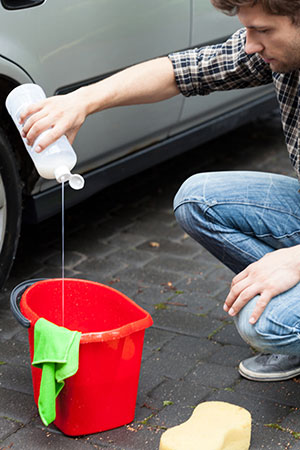 The job is easily done with low-tech supplies – you don’t even need a pressure washer. Pomedli likes to hold his thumb on the end of the hose to control the spray, and his kids use a spray nozzle when they’re helping.
The job is easily done with low-tech supplies – you don’t even need a pressure washer. Pomedli likes to hold his thumb on the end of the hose to control the spray, and his kids use a spray nozzle when they’re helping.
An investment of about $50 in supplies can last you more than a year and should cover:
- detergent formulated for automotive paint surfaces (the City of Edmonton asks that if you choose to wash at home, you help limit water pollution by using a non-phosphate biodegradable detergent, which is available at hardware stores)
- three microfibre mitts or cloths
- two buckets
- a water hose
- a shammy to dry your car
- glass cleaner
- mild degreaser such as Car Brite
- old toothbrush
- wax
- a wax applicator pad
- tire dressing
Stay cool
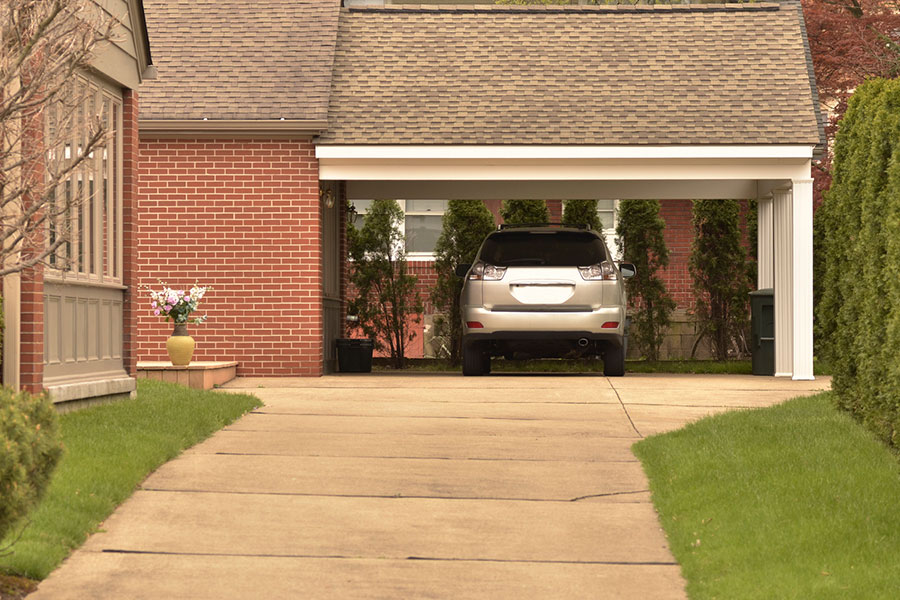
Once you have your supplies, choose the best spot for the job. A cool, shady area is ideal, says Pomedli. “You don’t want to be in direct sunlight – detergent can bake into the surface, and it can be quite difficult to get those stains off.”
"Detergent can bake into the surface, and it can be quite difficult to get those stains off.”
Make sure your car is in a clean environment so dirt or other contaminants, like poplar fluff, don’t spoil your efforts. A garage is OK, but make sure its surfaces won’t be damaged by water. Ensure you have adequate drainage, wherever you are.
Keep it real … wet
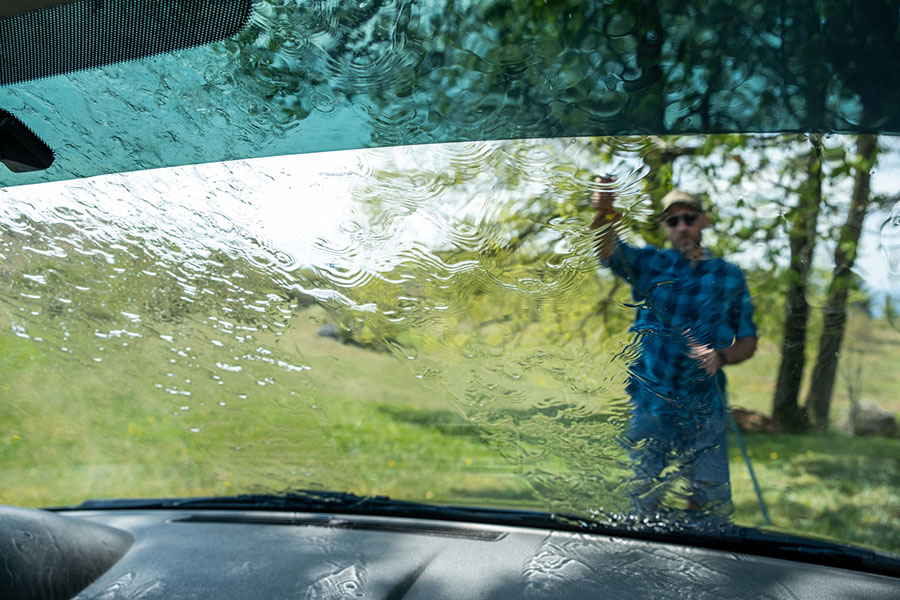
Fill both buckets with water and add car wash soap to one. Wet the entire vehicle using the hose, including the wheels and wheel wells.
Use a cloth and soapy water to wipe the body clean from the top down. Pomedli says it’s important to prevent the soap from drying on the paint, so respray your vehicle periodically while you’re washing. As you go, frequently rinse out the cloth in the non-soapy bucket, to keep contaminants out of the soapy one.
After you’ve washed the body, thoroughly wipe the wheels with the same cloth you’ve been. This will remove brake dust. Pay special attention to the wheel wells, where accumulated dirt causes rust.
“The rust will accelerate with the duration of time that it’s actually exposed to water. If you’ve got a lot of dirt in the wheel wells, it gets wet and turns into mud, and the mud holds that water in place,” Pomedli explains. Use a second soapy cloth to wipe the door and trunk jambs.
Rinse, but don’t rest
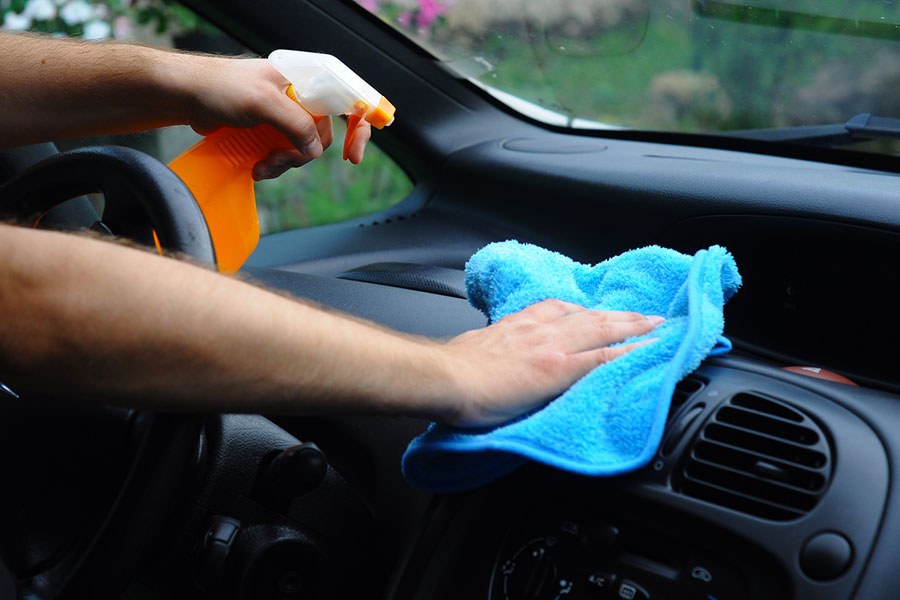
Rinse the entire car with the hose and dry it as best you can with the shammy. While you’re waiting for it to dry completely – 15 to 20 minutes – clean the interior.
Remove the floor mats and vacuum and wipe down hard surfaces. Use glass cleaner on all the windows and the degreaser on other surfaces. Pomedli recommends an old toothbrush for interior grime, though not on leather. Don’t forget to reinstall your floor mats.
Don’t forget to reinstall your floor mats.
“I don’t know if you’ve ever shown up at the coin-operated car wash and there’s someone else’s floor mats hanging on the wall,” Pomedli says.
Waxing philosophical
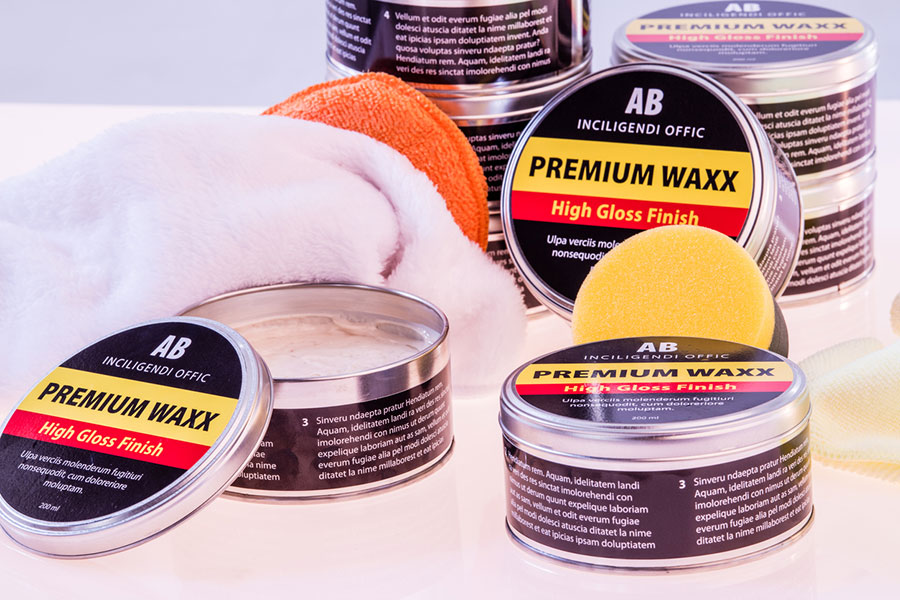
Wax is a protective barrier that helps resist marking and gives some UV protection. “The UV rays really deteriorate your paint,” Pomedli says.
Put a dime-sized amount of wax on the applicator pad and apply it with a circular motion, adding more dime-sized blobs as you need them. Don’t use too much; you’re aiming for a thin layer of wax. Avoid rubber and vinyl surfaces. Let it dry – it will look white and chalky. Use the third cloth, dry, to remove the excess wax in a circular motion. Don’t worry if you miss a spot.
“It even still happens to me when I wax my vehicle – I think I’ve got everything and then I drive somewhere and I see a little spot of wax. It does bother me a little bit, but it’s not a big deal,” says Pomedli.
Tire TLC
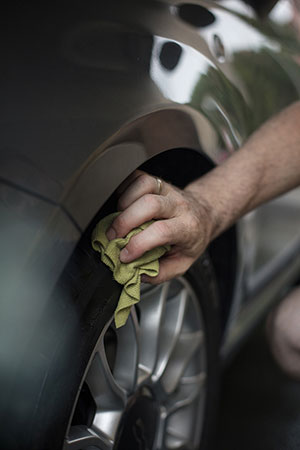 As well as keeping your tires looking brand new, a quality tire dressing contains UV inhibitors. Spray the tire dressing on one of the used cloths – which should be dry by this point – spraying away from the vehicle so the mist doesn’t land on the body. Wipe it onto the tires.
As well as keeping your tires looking brand new, a quality tire dressing contains UV inhibitors. Spray the tire dressing on one of the used cloths – which should be dry by this point – spraying away from the vehicle so the mist doesn’t land on the body. Wipe it onto the tires.
From there, you can sit back and admire the fantastic job you’ve done.
From there, you can sit back and admire the fantastic job you’ve done.
“It’s like when you do a really good job cleaning your house,” says Pomedli. “You sit back and say, ‘Yeah, this looks great. This is nice.’”